Einleitung
Verwende diese Anleitung, um das Display deines Nexus 6P auszutauschen.
Beim Wiederzusammenbau wird neuer Klebstoff benötigt.
Werkzeuge
Ersatzteile
-
-
Verwende ein SIM Card Eject Tool, um den SIM-Kartenschacht zu entfernen.
-
Verwende einen iOpener, um den Klebstoff unter der kleinen Plastikabdeckung an der Unterseite des Smartphones zu lösen.
-
-
-
Führe das Messer zwischen Smartphone und Plastikabdeckung ein. Heble die Plastikabdeckung hoch, bist du ein Opening Pick einführen kannst
-
Ziehe das Opening Pick unter der Plastikabdeckung entlang, um den Klebstoff zu zerteilen.
-
-
-
Verwende einen iOpener, um den Klebstoff unter der Glasabdeckung zu lösen.
-
Führe ein Messer zwischen Smartphone und Glasabdeckung ein. Heble die Glasabdeckung hoch, bis du ein Opening Pick einführen kannst.
-
-
-
Ziehe das Opening Pick unter der Glasabdeckung entlang, um den Kleber darunter zu zerteilen.
-
Heble die Glasabdeckung weg.
-
-
-
Verwende eine Pinzette, um die Flüssigkeitsanzeiger-Aufkleber zu entfernen.
-
Entferne die sechs Kreuzschlitzschrauben #000.
-
-
-
Führe ein Messer zwischen der Metallrückabdeckung und dem Frontglas ein, um einen Spalt zu erzeugen. Führe ein Opening Pick in den Spalt ein und schiebe es bis zur oberen rechten Ecke.
-
Führe ein weiteres Opening Pick ein und ziehe es bis zur oberen linken Ecke.
-
Ziehe die Opening Picks an den Kanten entlang, um die Plastikclips zu lösen, die Rückabdeckung und Mittelrahmen aneinander befestigen.
-
Entferne die Rückabdeckung.
-
-
-
Entferne die Kreuzschlitzschraube #00.
-
Verwende eine Pinzette, um die Metallplatte zu entfernen.
-
-
-
Verwende das flache Ende eines Spudgers, um das Verbindungskabel von der Tochterplatine zu trennen.
-
Verwende einen iOpener, um den Klebstoff unter dem Akku zu lösen.
-
-
-
Führe das flache Ende eines Spudgers bis zur Einkerbung unter den Akku und ziehe ihn seitlich entlang, um den Kleber zu zerteilen.
-
Verwende eine Plastikkarte, um den restlichen Klebstoff auf der linken Seite unter dem Akku durchzuteilen.
-
-
-
Entferne die zwei Kreuzschlitzschrauben #000.
-
Entferne die Metallplatte.
-
Verwende das flache Ende eines Spudgers, um das Display-Flachbandkabel zu trennen.
-
-
-
Führe ein iFlex Opening Tool zwischen Display und Mittelrahmen ein, um einen Spalt zu erzeugen.
-
Führe ein Opening Pick in den Spalt ein und ziehe es vorsichtig bis zur oberen rechten Ecke.
-
Führe ein zweites Opening Pick ein und ziehe bis zur oberen linken Ecke.
-
-
-
Zieh das Opening Pick von der oberen linken Ecke an der linken Kante entlang nach unten bis zur unteren linken Kante.
-
-
-
Ziehe das Opening Pick von der oberen rechten Ecke entlang der rechten Kante herunter zur unteren rechten Ecke.
-
Zieh es um die Ecke bei der Ladebuchseneinheit, um den restlichen Klebstoff zu lösen.
-
-
-
Wenn der ganze Klebstoff zerteilt ist, ziehe das Display und den Mittelrahmen an der Oberseite des Telefons auseinander.
-
Fädle das Display-Flachbandkabel durch die Öffnung im Mittelrahmen.
-
Entferne das Display.
-
Arbeite die Schritte in umgekehrter Reihenfolge ab, um dein Gerät wieder zusammenzubauen.
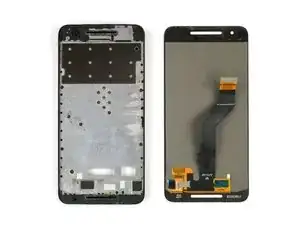
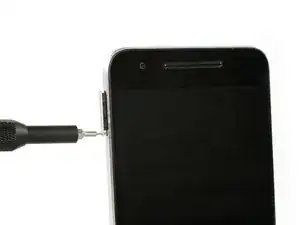
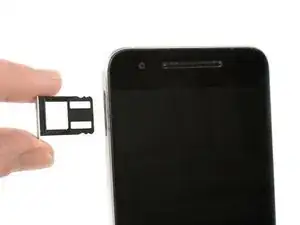
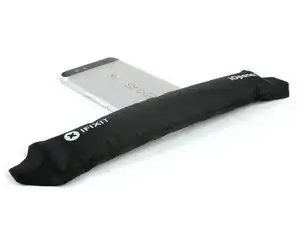
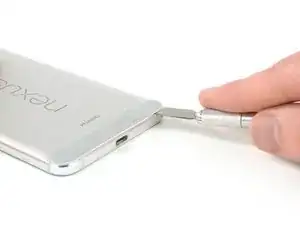
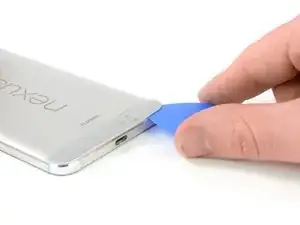
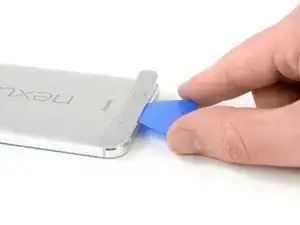

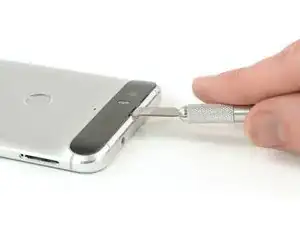
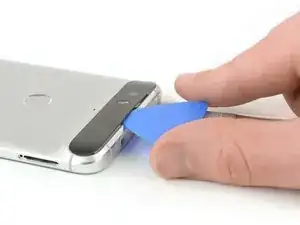
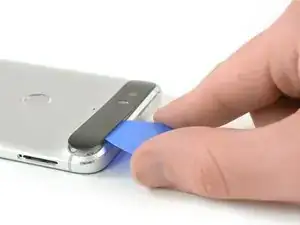

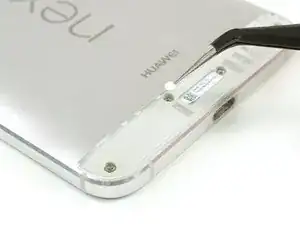
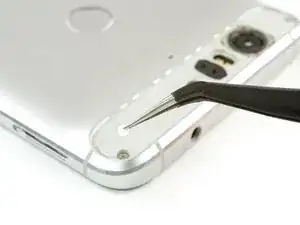
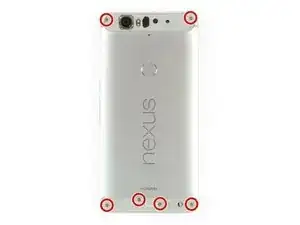
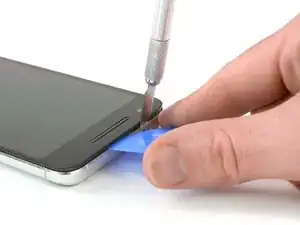
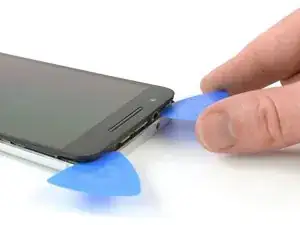
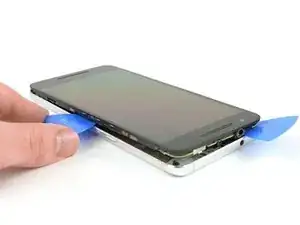
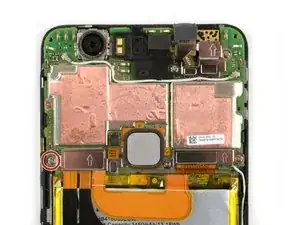
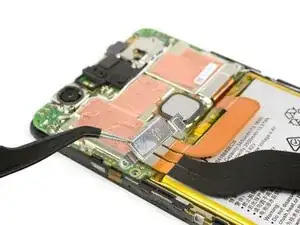
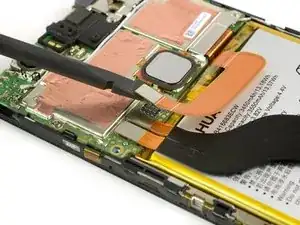
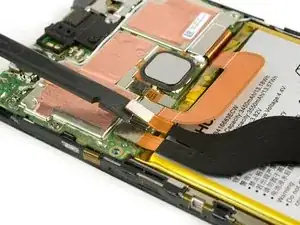
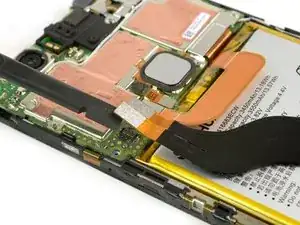
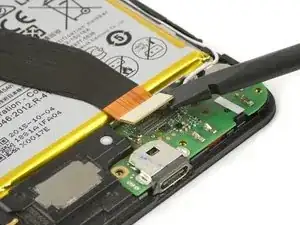
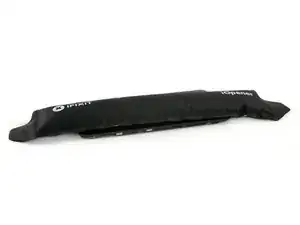
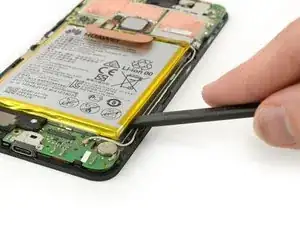
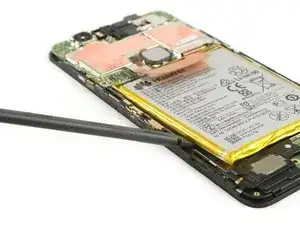
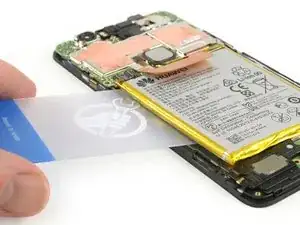
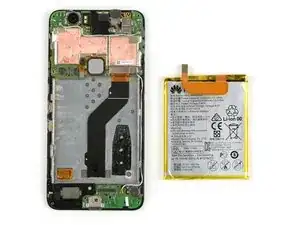
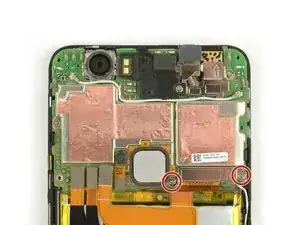
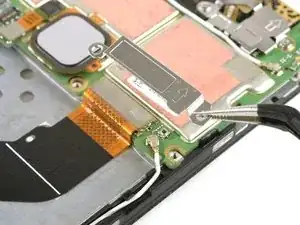
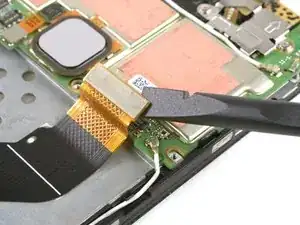
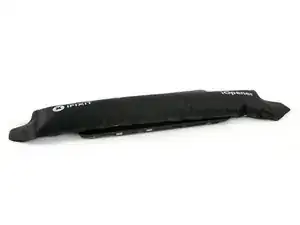
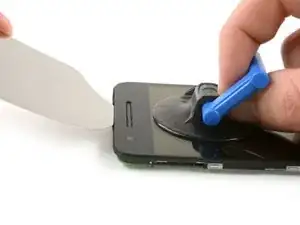
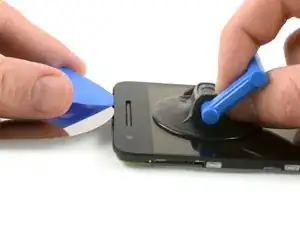
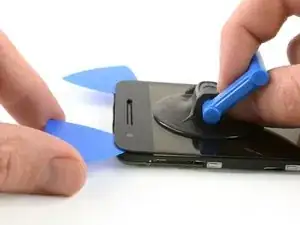
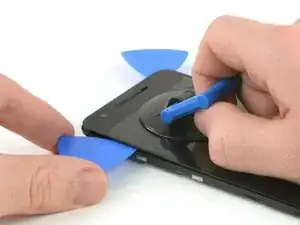
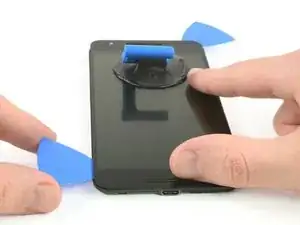
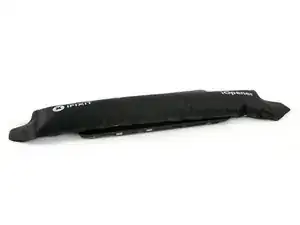
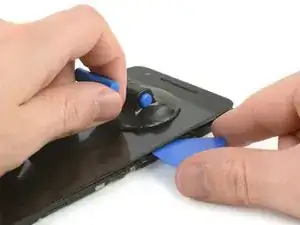
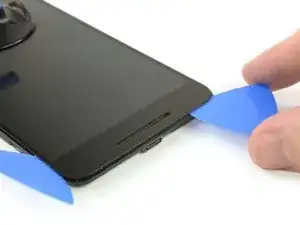
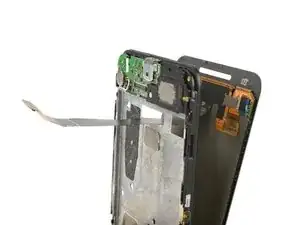
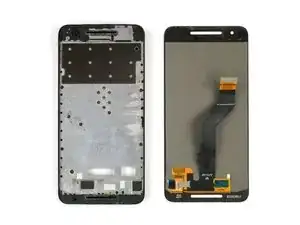

For the heat gun users — any approximate temperature, and distance from phone, to not damage it?
Kamal -
Hi Kamal,
my advice is the be very, very gentle with a heat gun. Especially the small plastic cover at the bottom end deforms within seconds. Try the lowest heat you can, with a good distance to the cover. Then try to remove the cover. If it doesn’t go off, lower the distance of the heat gun to the phone and try again and so on. I recommend to rather pry a little bit more than to use to much heat. If the cover deforms you’ll need a new one.
Dominik Schnabelrauch -
Is their a particular time i should have my heat gun on it like for ex: 10 secs
PlayStation Studios -
Hi,
there’s no particular time but I advise you to go only for a couple of seconds and then try to remove the plastic cover. If you can’t manage to remove it, repeat the heat gun process and so on. Under strong heat the plastic cover deforms very fast and is not usable anymore.
Dominik Schnabelrauch -
Hi,
I used a hair dryer (exhaust air about 60°C) instead of a heat gun: this temperature was sufficient to soften the glue. The plastic and glass cover could be removed without damage.
Daniel Demuth -
The Ifixit SIM removal tool is a bit rough for the 6P SIM eject opening I suggest a small paper clip and its easier for aged fingers to use.
Terry Ess -
The IOpener may need to be applied more than once in cold weather. Even for a first time repairer it is possible to remove the small lower rear cover without damage.
Terry Ess -